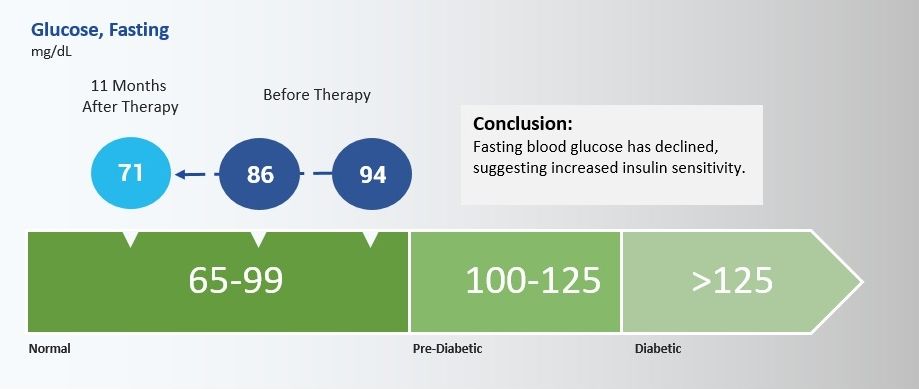The Happy Headband. Take my money.
The Fisher Wallace Stimulator® is a wearable neurostimulation device that is cleared by the FDA to treat depression and anxiety. During each 20-minute treatment session, the device gently stimulates the brain to produce serotonin and other neurochemicals that reduce depression and anxiety (and support healthy mood and sleep). The device has been proven to be safe and effective in multiple published studies conducted at top institutions such as Mount Sinai Beth Israel Hospital.
Over 6,000 healthcare practitioners, including 2,000 board-certified psychiatrists, have used the device to treat over 20,000 patients since 2009. Most patients experience results within the first two weeks of daily use.








